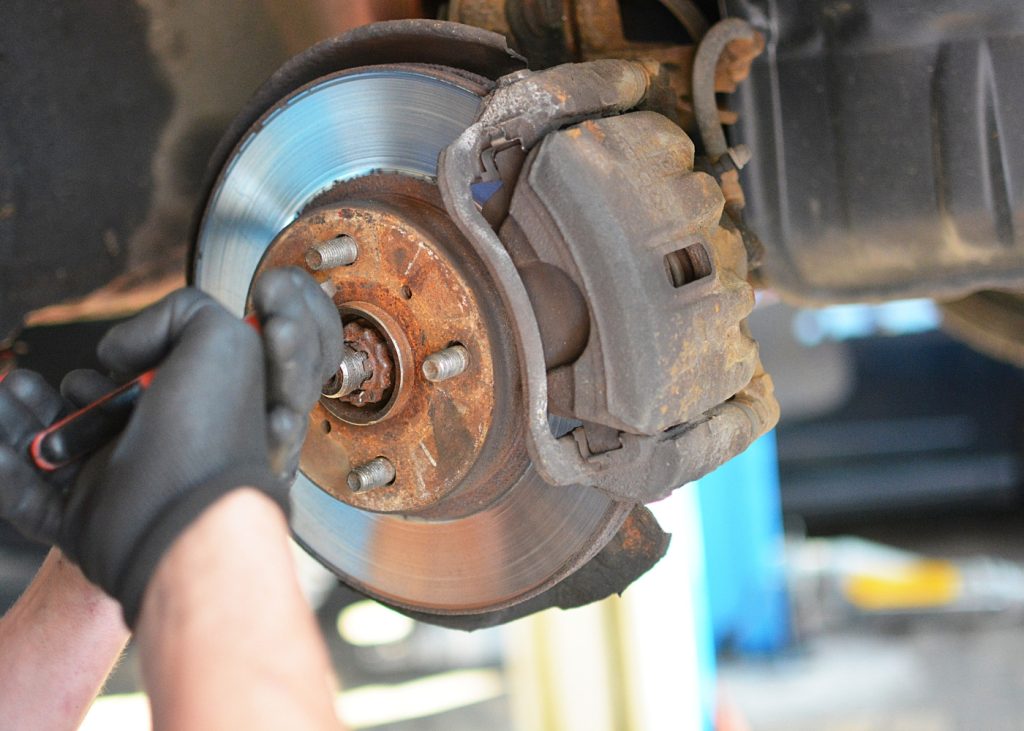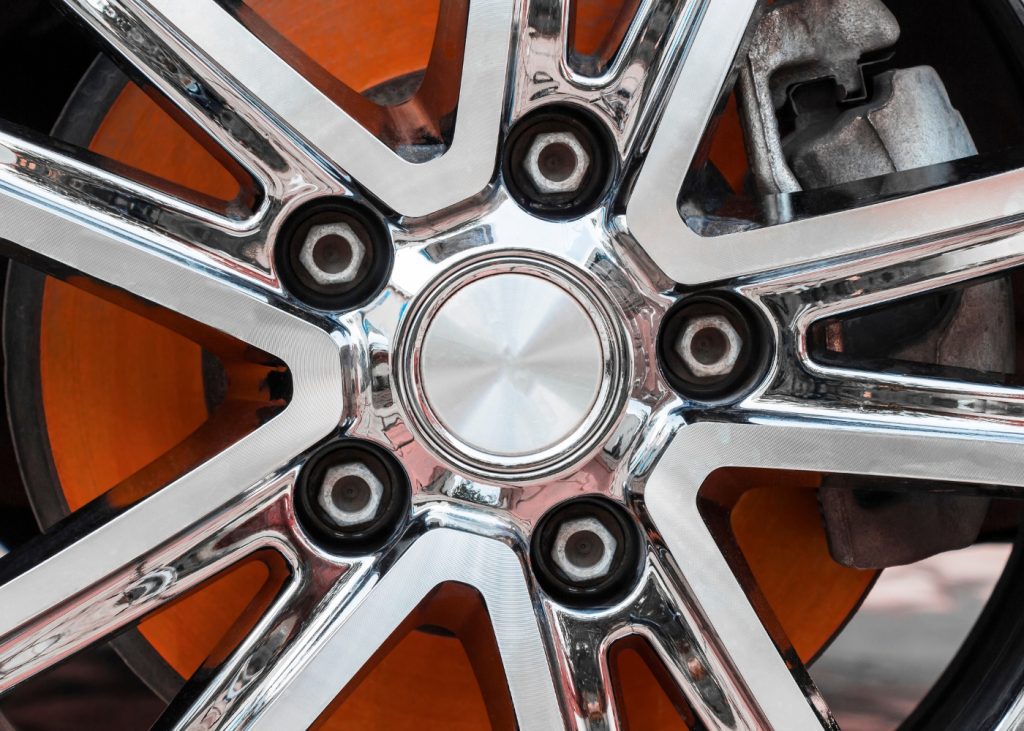
Brake discs are an extremely important element of the car that affects driving safety and driver comfort. During braking, the discs are subjected to enormous loads, so their durability is closely related to the quality of the parts and the driving style and habits of the driver. In order for brake discs to serve as long as possible, they must be properly cared for. It is worth checking the condition of brake discs and pads regularly and replacing them in accordance with the manufacturer’s recommendations. It is also important to avoid sudden and abrupt braking and to avoid overloading the vehicle.
Unfortunately, many people forget to regularly check the condition of brake discs, which is why we most often decide to replace them when they pose a threat to driving safety. That’s why it’s so important to know when to replace brake discs and how to care for them so that they serve as long as possible.
How is a brake disc constructed?
The brake disc consists of a cast iron or steel disc with holes that enable precise installation on the car wheel. Depending on the design, there are three types of discs: solid, ventilated and with wheel bearings. Each disc has a specific height, thickness, number of holes and their spacing, as well as a centering hole that is responsible for correct positioning on the hub.

The minimum thickness qualifies the disc for replacement, while the diameter is strictly specified by the manufacturer and must be adapted to the performance of the entire car braking system. In the case of ventilated discs, their construction involves connecting two discs with holes cooled from the inside. (You will see photos of shields in poor condition below)


How does driving style affect the life of a brake disc?
Brake discs are a wearable part of the vehicle that has a direct impact on braking efficiency and road safety. Unlike engine oils and operating fluids, disc replacement is not dependent only on a specific time or mileage. Although the manufacturer’s recommendations specify the minimum thickness of the discs, their durability depends on many factors, including: on the driver’s driving style.
Faster wear of the discs may be caused by intense driving, frequent braking, frequent driving on mountain roads or driving with an overloaded car. Therefore, regularly checking the condition of the discs is important for safety reasons and allows for quick reaction if replacement is necessary.
What are the symptoms of worn brake discs?
1. Visible damage in the form of scratches and uneven wear of the board surface.
2. Measure the thickness of the disc with a caliper and check that it meets the manufacturer’s recommendations.
3. A noticeable decrease in braking efficiency, accompanied by grinding and squealing noises when braking.
4. The brake pedal or steering wheel vibrates and the car pulls to the side when braking.

Choosing the right brake discs for your car can be difficult, and choosing the wrong brake discs can have serious consequences for road safety. It is therefore worth relying on well-known manufacturers who offer high-quality spare parts, such as SIEGER


